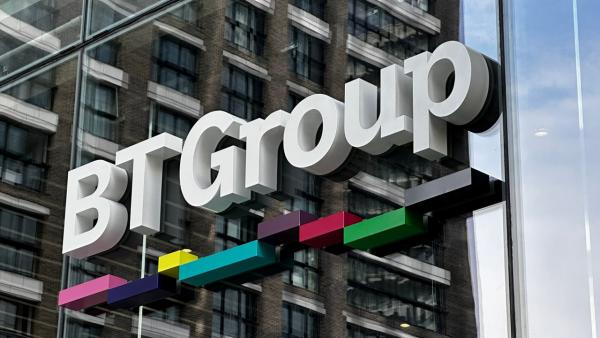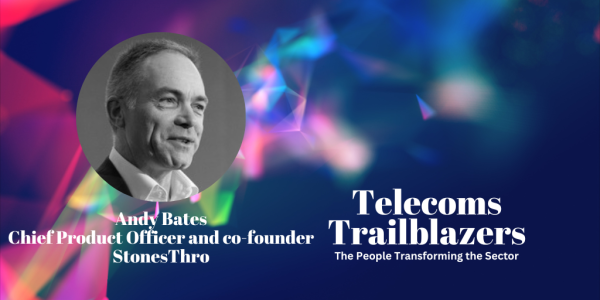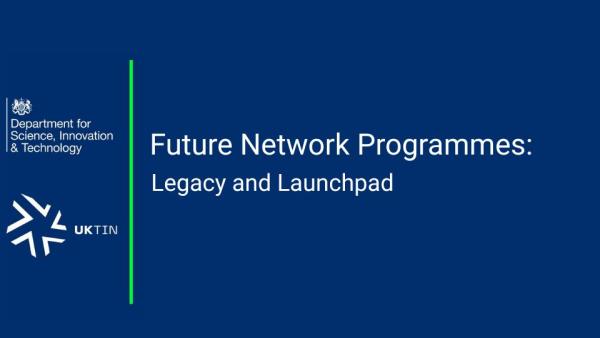
The DSIT-funded UK 5G Innovation Regions (5GIR) programme has seen ten regions throughout the UK receive a share of £36 million of funding as part of a wider programme to drive 5G adoption. Focusing on key sectors with local capability and opportunities, the projects showcased the potential of advanced wireless connectivity and digital technologies to drive growth, boost productivity, and foster innovation.
On September 18th, a free techUK virtual webinar explored what worked, where challenges remain, and what needs to happen next to convert pilot successes into lasting commercial impact. Drawing on insights from regional programme leads from across the country, the session examined the real-world lessons from deploying cutting-edge 5G infrastructure at scale. The event targeted local authorities, vendors, operators, and innovators looking to build on the achievements of the programme.
“We want to uncover how these initiatives and other similar projects can live beyond their initial funded life cycle, helping to sustain momentum, scale successful approaches, and provide a blueprint for other regions,” said Josh Turpin
Programme Manager at Telecoms and Net Zero, techUK.
Borderlands 5GIR:
Tony Sceales, Technical Director for the Borderlands 5GIR project said: “The Borderlands area is big — it is ten percent of the UK’s landmass. The population is around one million people, but we receive around 63 million visitors per year. Since there are a lot of people around, capacity and scaling are difficult, which is why private networks are needed. We have 40,000 businesses, and we are within a two-hour drive of where fourteen million people live.”
What worked?
- Procurement: Each stage has been an experiment — the first was whether the project could run a successful procurement for a 5G private network, which has been achieved. AWTG is the primary deliverable partner, in addition to Broadband for the Rural North, as well as Jet Engineering.
- The solution is extendable in time, and its addition of use cases and connectivity. The team has bought a network and two major components, alongside a mobile app to share the data.
- The delivery: “We understand a lot more since we decided, but it takes time to do properly. There aren’t shortcuts,” Sceales said.
- The use cases — cameras, sensors and eSIMs.
Catherine Weldon added, “Windermere is England’s longest lake, and Bowness Bay is one of the most popular tourist sites outside of England, but it has a small population. There is a ferry which acts as a floating road between the two sides of the lake; it is a critical piece of infrastructure. We take £500,000 worth of revenue, but are limited by our ability to take payments.”
She continued: “We moved to 4G payments in Covid, but the capacity is based on the resident population, and so we really struggle. We are currently moving payments to our 5G networks, which will make a huge difference, especially for our crew. During a ten-minute trip, they currently manage three handheld devices at one time, waiting for payments to go through. We are currently scoping out a range of other use cases.”
Glasgow City Region:
Barry McNally, Programme Lead, said, “Our remit amongst the original 10 5G innovation regions was to look at solutions in social housing and health and social care. Our main customers include our local authorities and registered social landlords.”
What worked?
- Delivering efficiencies for the provider
- Delivering efficiencies for the tenants
- Using IoT sensors to enable real-time data on the status and performance of properties.
- Asset mapping to improve understanding of the region’s connectivity
- Tangible cost-related benefits
McNally commented, “The biggest impact has been the qualitative benefits. We thought we would have a significant chunk of people pushing back against adoption because they didn't want technology, but it's been the opposite. People are really utilising the tech, even in its early stages! There’s so much more that we plan to do in the future, too — but financing and procurement have been a challenge, and the grant claim process needs to be sorted out.”
England's Connected Heartland:
Craig Bower, Digital Infrastructure Consultant, said: “We have two capital projects building 5G mobile networks — one in the transport helping to fix passenger connectivity on trains, and another on a science campus to achieve 5G connectivity. We started with market engagement and selected bidders for procurement. We had a huge amount of lessons here, which could be a session in its own right. We ended up awarding contracts to Vodafone and AWTG.”
What worked?
- The rail project is working against a stacked use case model
- The core mission of commercialisation and extending the reach of 5G solutions.
- The unique aspect of serving track-side neighbours.
He added, “The problem for rail has always been one of cost. It is very expensive to deploy. We are primarily aiming to ensure we have enough bandwidth and it works at speed. However, it is not a ubiquitous solution for the entire rail industry.”
West Midlands 5G:
Jessica Pyett-Ellis, Programme Director, said: “We have focused on two very different sectors — the first is local authorities within the combined authority in adult social care problems, procuring a provider with a data platform and device, including voice-activated and virtual care calls. We have installed 700 care packages in people’s homes and have citizen care packages. It’s all around delaying, reducing and preventing additional care and keeping people at home for longer.”
She continued: “The other side of the programme is manufacturing. We procured and installed a private 5G network at Jaguar Land Rover's live operational site. I've heard others say that it takes a long time to deploy a network — but not in our experience. We did it in three months.”
What worked?
- Procurement
- Installation in record time
- Technology-enabled care — the team has made it fully live and operational
- Written business cases for the three local authorities
- Created a culture change programme to train 450 staff
Ellis noted, “All three of our local authorities are continuing with the service and going to procurement because we've proved the ROI and the business value. One of the key lessons is that every local authority is different. However, there are similarities across them all — you shouldn’t need to prove your business case by running another pilot, and the government should step in on that. I believe there's a huge amount of learning that can be utilised by other local authorities when moving into this space and procuring.”
Turpin closed the session by explaining that techUK will continue to engage with the 5GIR workstream to understand the scalability post-2026 and how to bring others on the journey. “More information will come further down the line,” he concluded.









